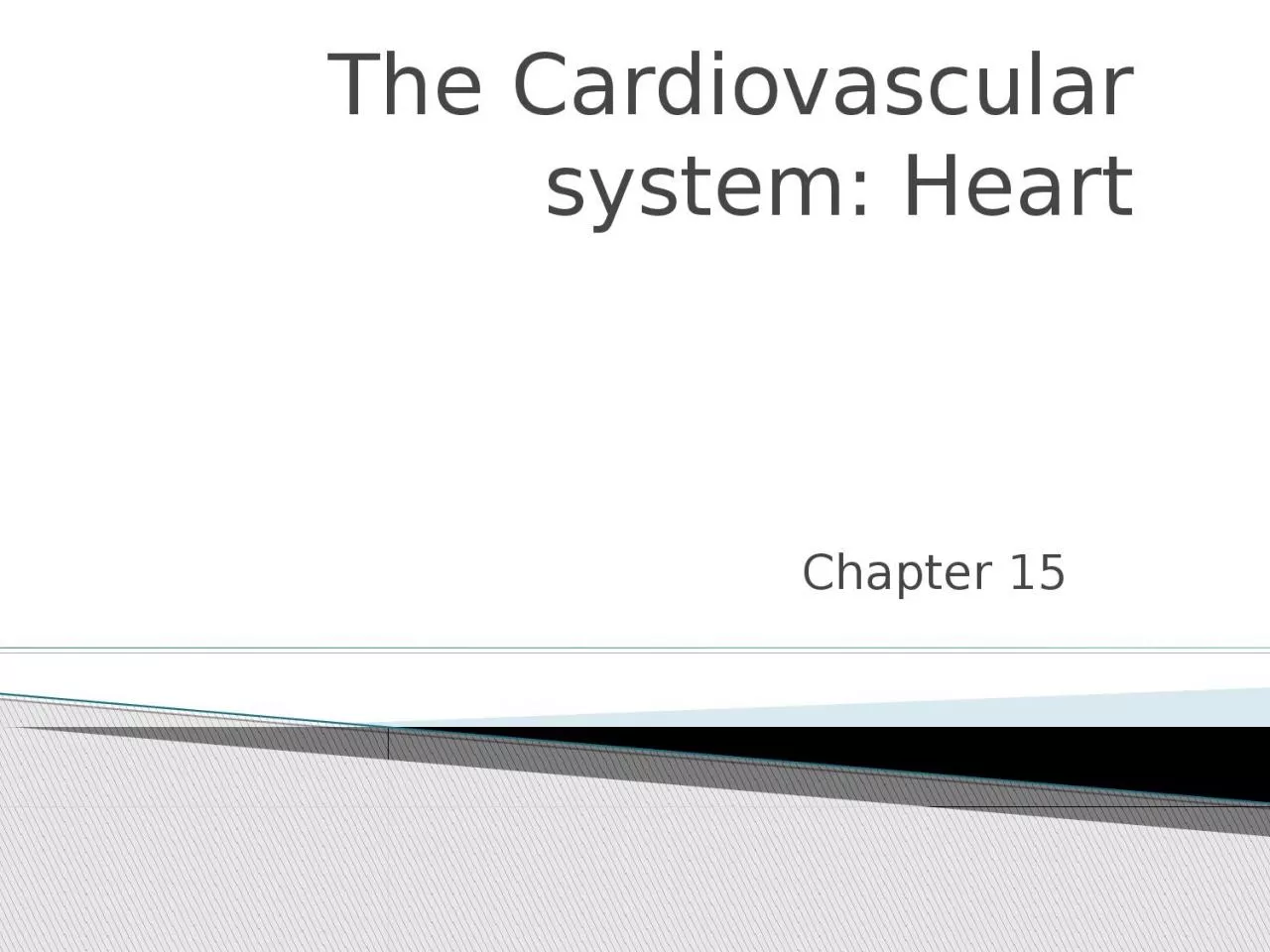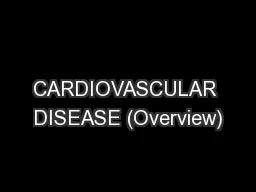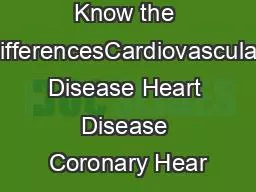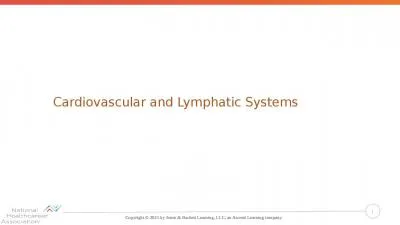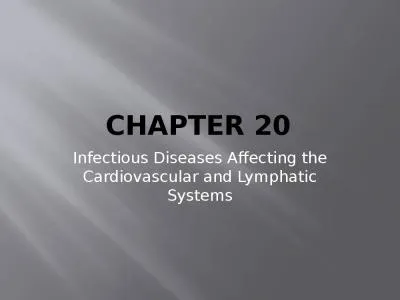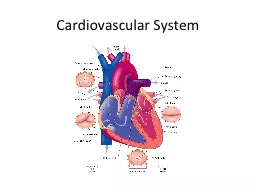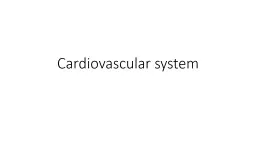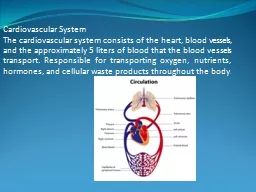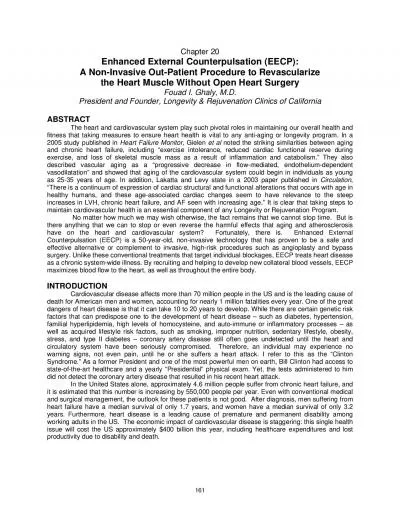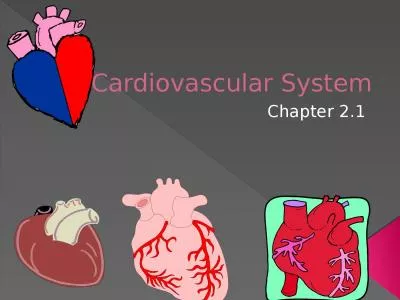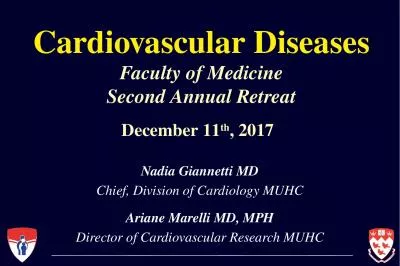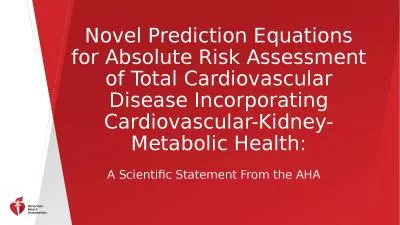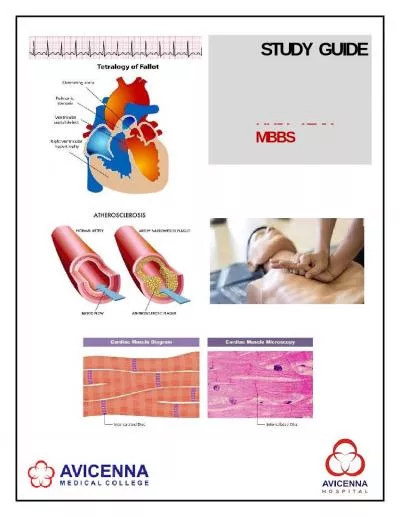PPT-The Cardiovascular system: Heart
Author : cappi | Published Date : 2024-01-29
Chapter 15 Heart Location Close Up of Heart Wall Cardiac Muscle Tissue Cardiac Muscle Tissue 2 Superior amp inferior Vena Cavae Delivers deoxygenated blood to R
Presentation Embed Code
Download Presentation
Download Presentation The PPT/PDF document "The Cardiovascular system: Heart" is the property of its rightful owner. Permission is granted to download and print the materials on this website for personal, non-commercial use only, and to display it on your personal computer provided you do not modify the materials and that you retain all copyright notices contained in the materials. By downloading content from our website, you accept the terms of this agreement.
The Cardiovascular system: Heart: Transcript
Download Rules Of Document
"The Cardiovascular system: Heart"The content belongs to its owner. You may download and print it for personal use, without modification, and keep all copyright notices. By downloading, you agree to these terms.
Related Documents

